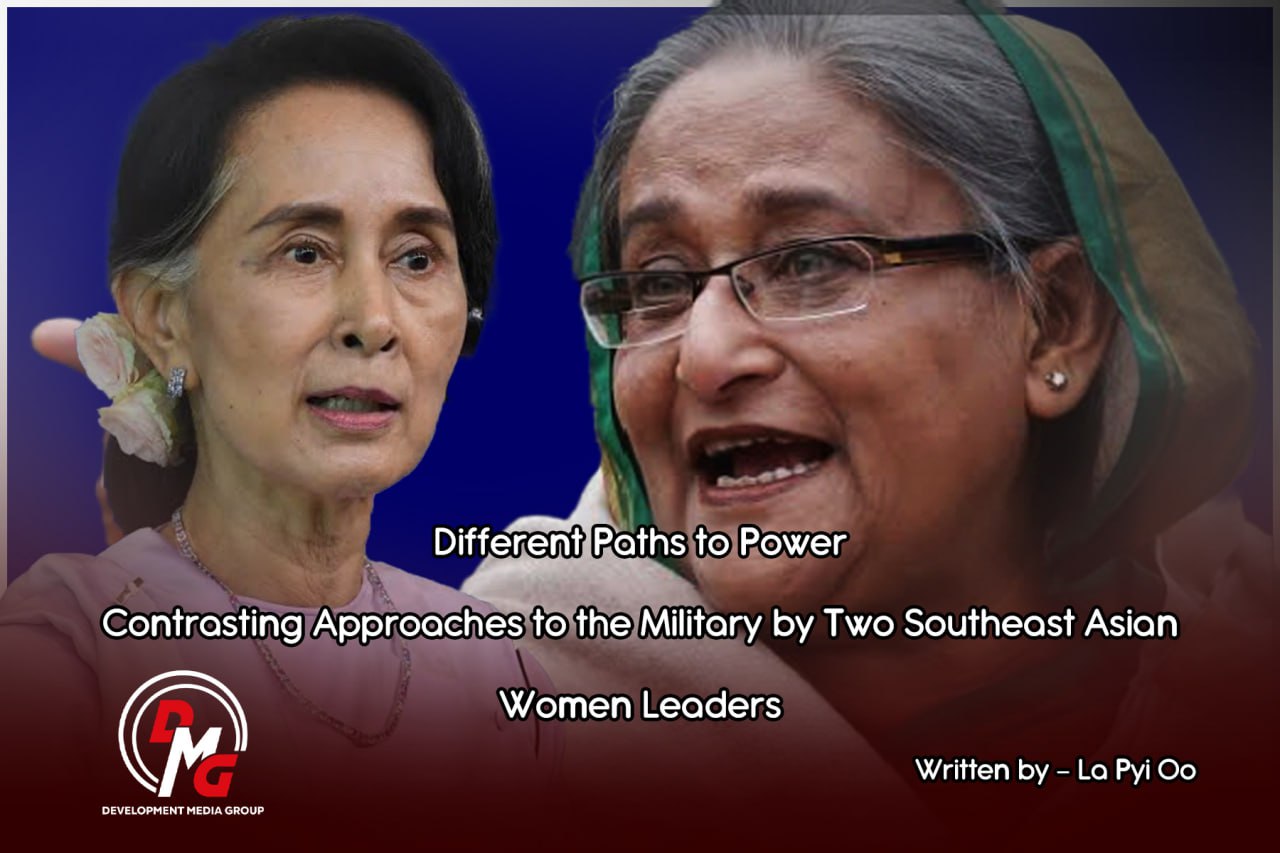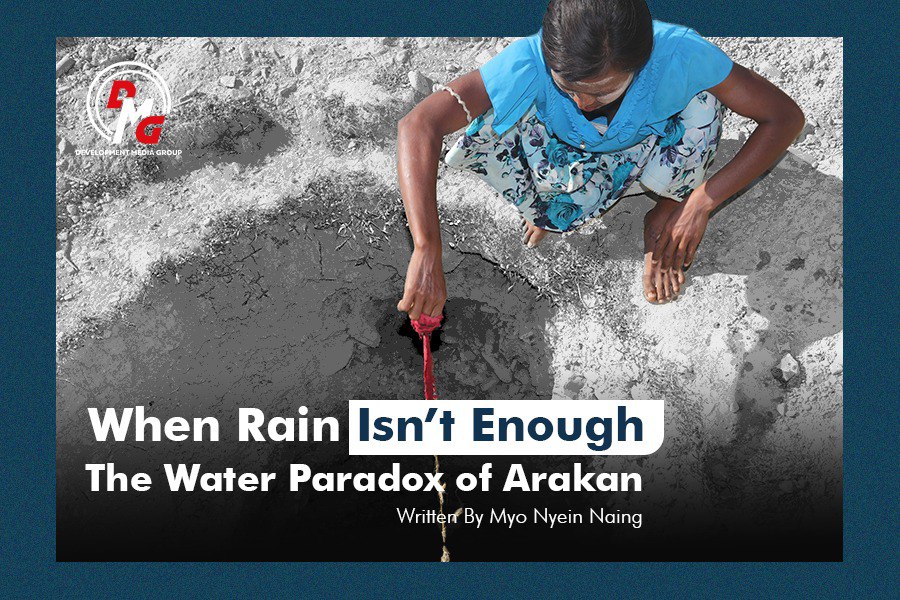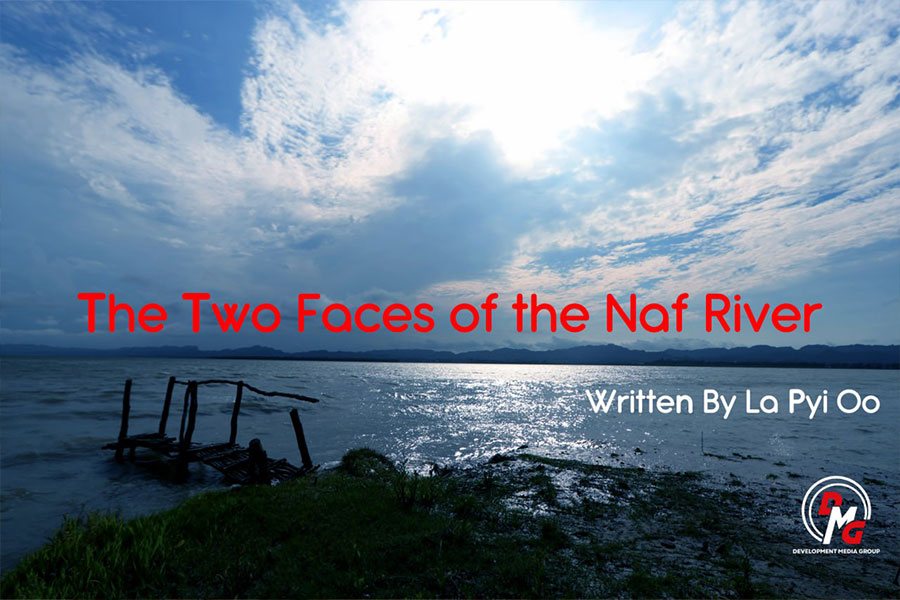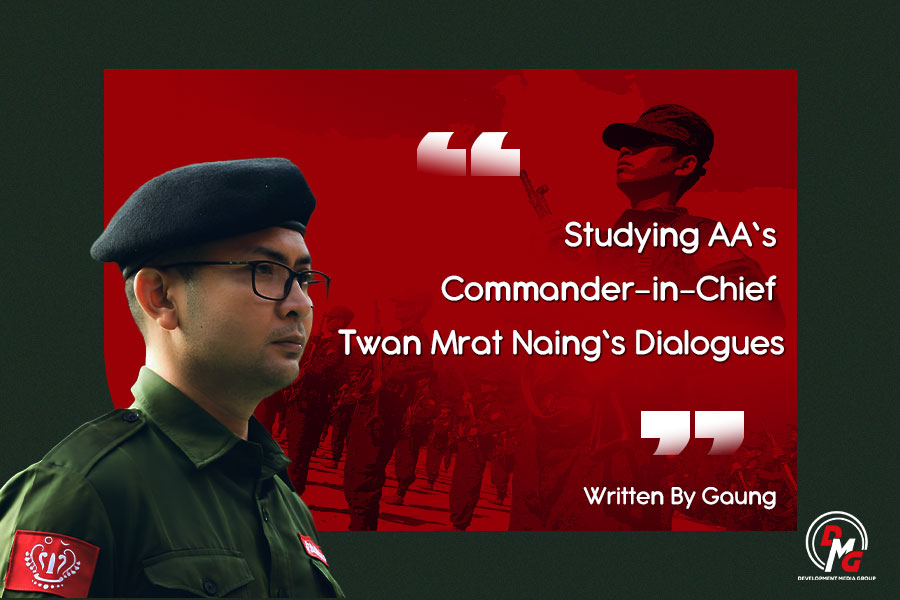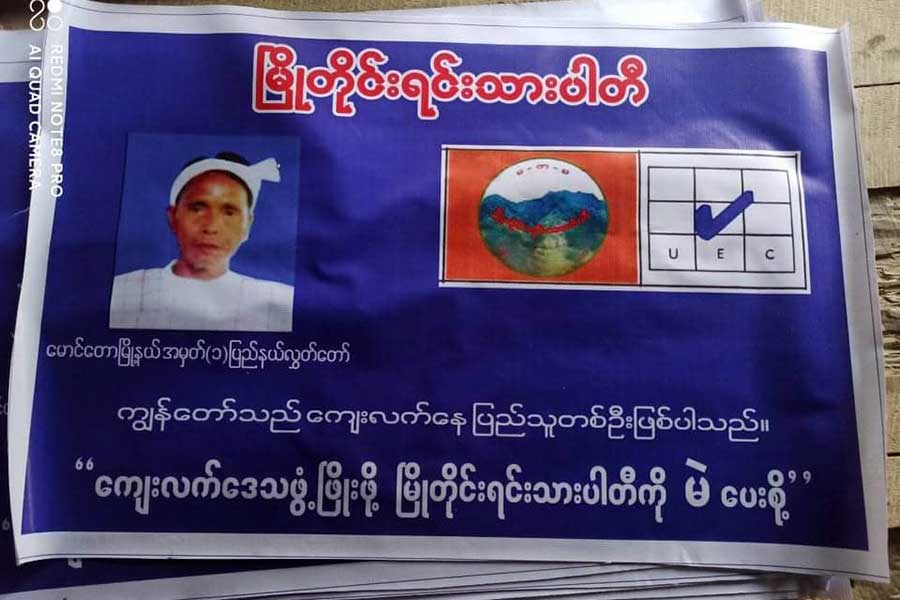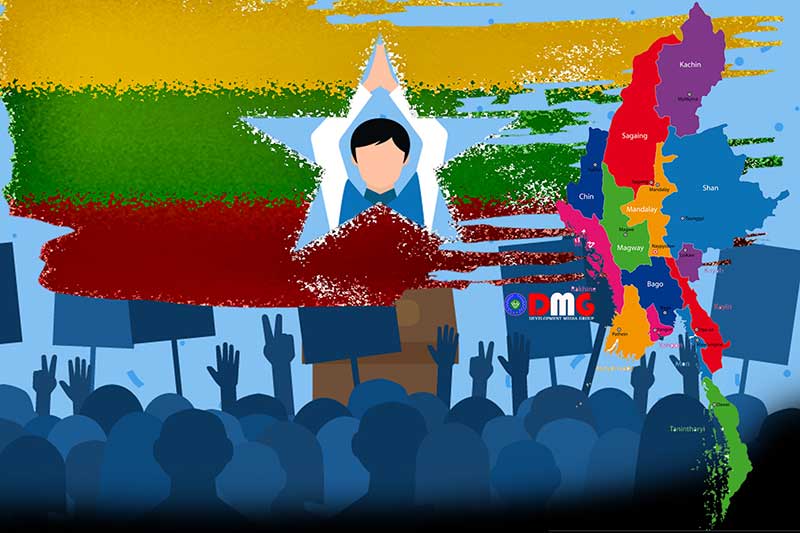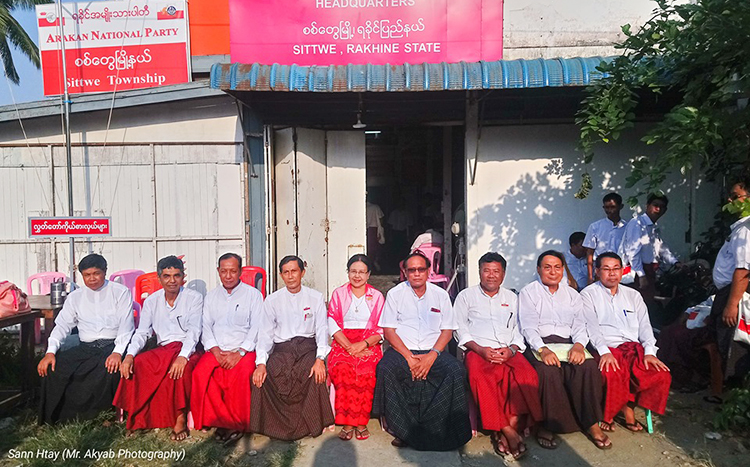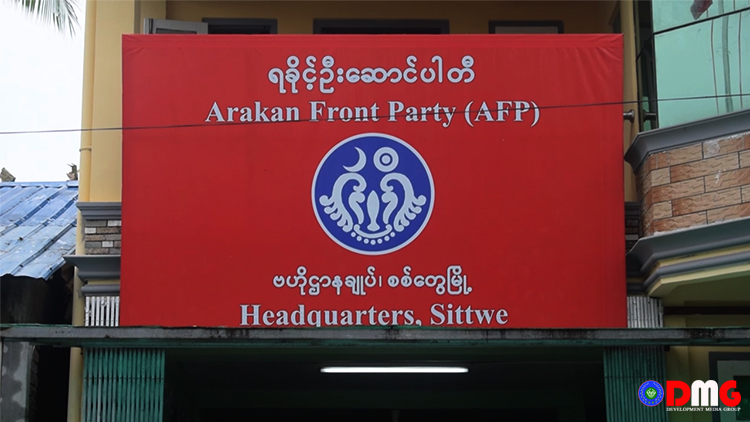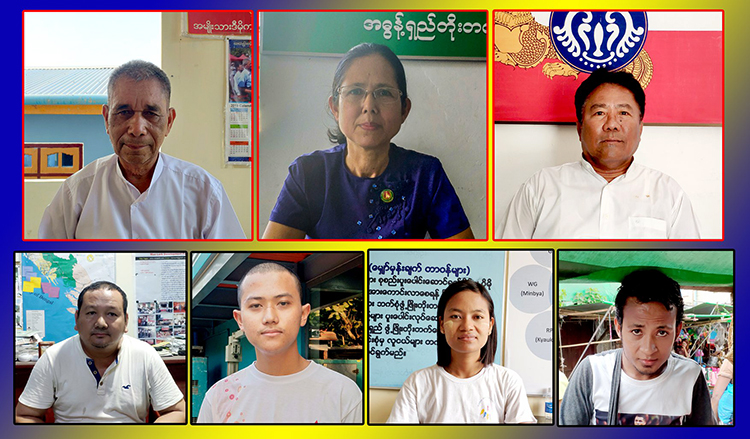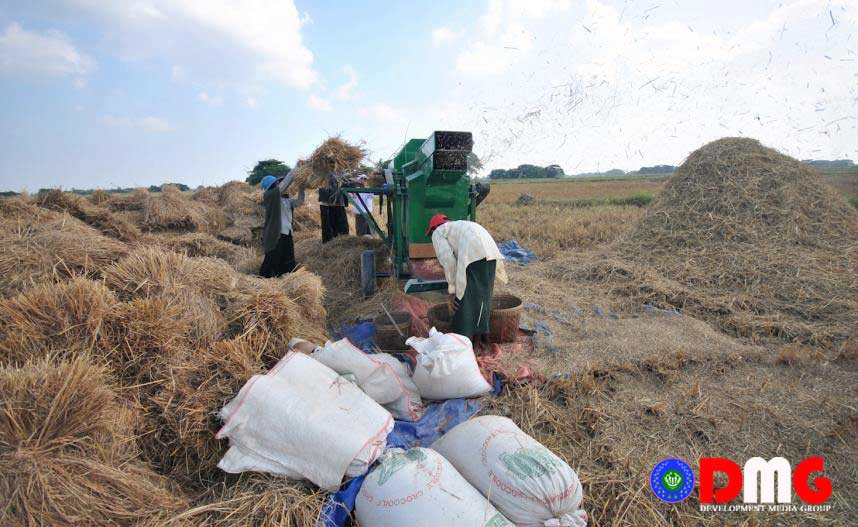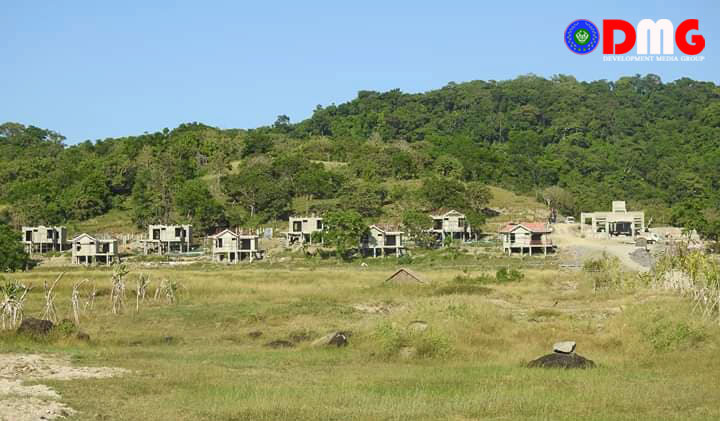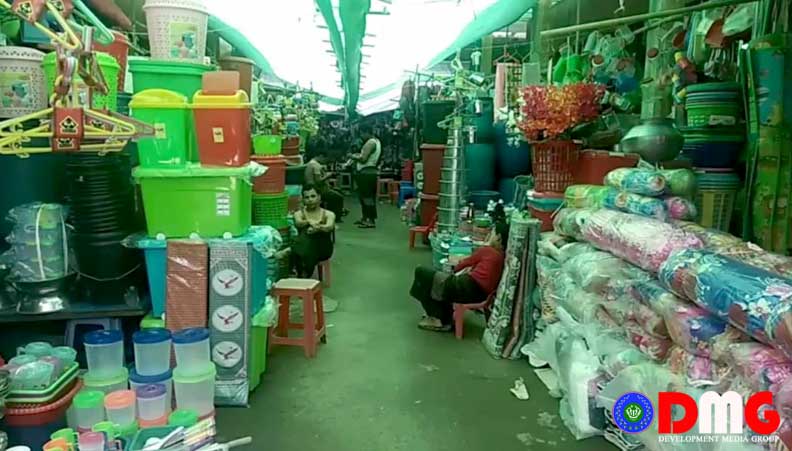- Junta unable to hold elections in dozens of wards and village-tracts in Sittwe, Kyaukphyu
- Fighting escalates between Myanmar military, Arakan Army in Ayeyarwady Region
- Regime steps up civilian arrests in Sittwe
- ULA safeguards Mrauk-U's ancient heritage
- Arakan on the Edge: What the DMG Landmine Impact Report Reveals About Myanmar's Deepening Humanitarian Crisis
Enhancing Conflict-Sensitivity in Human Rights Monitoring: A Call to Fortify Rights in Arakan
In this article, I argue that while Fortify Rights' investigative work remains critical, it would benefit from deeper conflict-sensitive adaptation: one that recognizes ULA/AA's governance ambitions and local realities and frames its findings in ways that minimize unintended harmful consequences in an already fragile setting.
06 Nov 2025
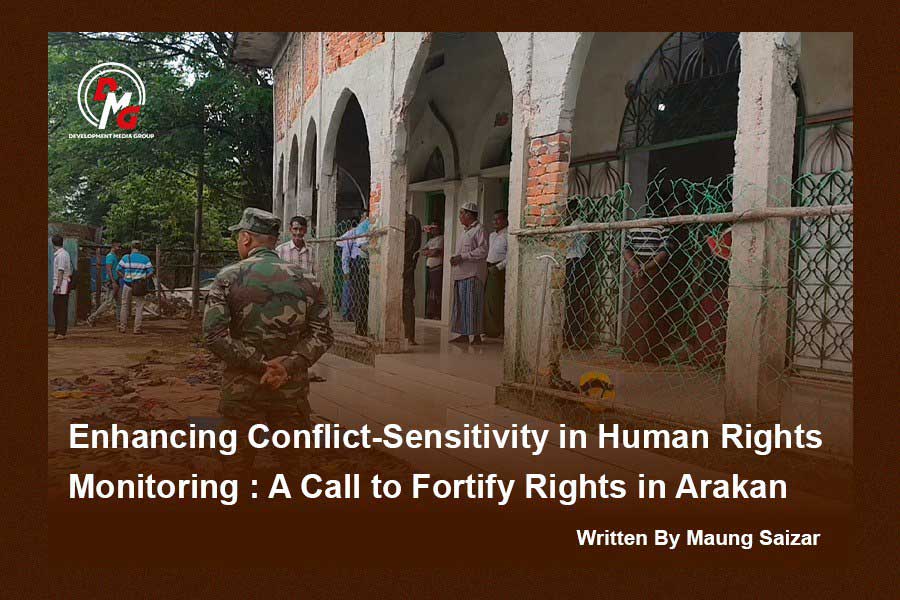
Written By Maung Saizar
The human rights imperative in Arakan are manifest. Visible are five overlapping conflict dynamics:
1. Arakanese resistance movement under the United League of Arakan/ Arakan Army (ULA/AA) seeking autonomy and governing territory
2. Divergent positions of the Muslim minority groups whose plight of statelessness, discrimination and displacement has been well documented; but
3. One Muslim group favors armed resurrection against the ULA/AA in coordination with the ruthless regime; the junta seeking to maintain control and suppress ULA/AA through such proxy insurgent groups, such as Arakan Rohingya Salvation Army (ARSA), Rohingya Solidarity Organisation (RSO) and others
4. Another Muslim group who wishes to remain peaceful and harmonious in cooperation with the ULA/AA. They seek realistic rights fulfilment through cooperation with ULA/AA 5. Destruction of the local economy, hardships, scarcity of goods and services and all sort of problems
In such a complex and fragile environment, human rights organizations like Fortify Rights carry a heavy responsibility not only to document abuses, but to do so without inadvertently becoming a party to conflict escalation, polarization or the undermining of local legitimacy.
In this article, I argue that while Fortify Rights' investigative work remains critical, it would benefit from deeper conflict-sensitive adaptation: one that recognizes ULA/AA's governance ambitions and local realities and frames its findings in ways that minimize unintended harmful consequences in an already fragile setting.
1. The value of Fortify Rights (FR)'s work-and the risk of one-sided framing
Fortify Rights has established a respected track-record of documenting serious violations in Myanmar. Their methodological statement emphasizes multi-step processes of design, informant engagement, verification and interpretation. Their focus on mass atrocity, forced labor, and ethnic persecution in Myanmar has helped draw international attention.
However, in Arakan the setting is not a simple state-vs-victim dichotomy. ULA/AA which now controls large parts of Arakan is engaged in governance structures, claiming to include minorities, and is actively resisting the junta. FR's reporting has tended to treat the ULA/AA primarily as alleged perpetrators of forced labor and abuse. While their reporting has valid concerns, the framing risks emphasizing only one actor's wrongdoing without fully situating it in the broader conflict ecology.
For example, framing ULA/AA solely as a rights-violating militia overlooks its evolving role as a quasi-governing actor striving for social cohesion and administration. That partial lens may undermine opportunities for constructive engagement, local legitimacy, and longer-term rights protections.
2. Why conflict-sensitivity matters
Conflict-sensitive programming (or monitoring) means understanding how an initiative (or report) interacts with the conflict context - whether it exacerbates, mitigates, or transforms conflict dynamics. Key steps include: (i) actor analysis; (ii) context analysis; (iii) assessment of how intervention may influence conflict drivers; (iv) continuous monitoring and adaptation.
In Arakan, this means FR ought to clearly map the roles of the junta, ULA/AA, Muslim armed groups such as ARSA] or RSO and civilian communities. The risk of accentuating fault solely on ULA/AA is that it may feed defensive backlash, heighten ethnic polarization (Rakhine vs Rohingya), undermine the ULA/AA's incentive to reform from within, or play into the junta's narrative of "terrorist Arakanese group vs peace-loving civilians".
3. The ULA/AA as a governance actor and the need for nuanced scrutiny
Recent scholarship underscores that the ULA/AA is not merely an insurgent force but is now operating an administrative structure in many townships of Arakan. For example, it is reported to have captured 14 of 17 townships in Arakan, and is establishing local governance mechanisms. A recent issue brief notes the path toward "socio-political cohesion" in Arakan involves interplay between state, ethnic majority and minorities.
Thus, when monitoring rights in that space, it is both fair and strategically important to recognize the ULA/AA's administration responsibilities. This recognition does not exempt it from criticism; rather, it calls for differentiated scrutiny: i) how ULA/AA executes military operations; ii) how it administers daily governance; iii) how it engages with minority communities (including Muslim population under its arm). A conflict-sensitive approach would emphasize both accountability and constructive pathways for institutional reform.
4. Proposed conflict-sensitive recommendations for FR
a) Actor mapping and context briefing - In reports on Arakan, include a succinct actor map with roles of ULA/AA, junta, Muslim armed groups, civilian populations, and external actors. This sets the scene for readers to understand the complex dynamic, not just a binary perpetrator-victim model.
b) Dual track reporting - Where allegations are made against ULA/AA, pair them with acknowledgment of contributions or governance roles (where documented). For example: "While ULA/AA claims to provide local administration and open mosques for Muslim communities in Maungdaw, these allegations allege forced labor in its supply chains." This balanced framing preserves credibility and reduces the risk of being perceived as purely adversarial.
c) Engage with contested governance structures - FR could incorporate interviews or documents from ULA/AA's governance units, minority-community representatives in ULA/AA areas, and civil society inside Arakan (if accessible). This strengthens methodology and demonstrates attention to transformation and rights-integration, not just violation tracking.
d) Conflict-impact assessment of advocacy - For every major report, conduct a short "conflict-impact note": could this reporting escalate tensions between Arakanese majority and Rohingyas? Could it inadvertently legitimize junta narratives? Could it deter ULA/AA from engaging with minority rights for fear of external backlash? Such an internal reflection aligns with conflict-sensitive standards.
e) Promote rights-governance reform lens - Beyond documenting forced labor, FR should include recommendations for building minority-inclusive governance in areas of ULA/AA control. For instance, measures to ensure minority participation in local councils, transparency in recruitment and labor practices, and monitoring by independent civil society. This shifts the narrative partly from "what is wrong" to "what could be better", fostering engagement rather than just denunciation.
5. Potential benefits of a more nuanced approach
By adopting conflict-sensitive adjustments, Fortify Rights can:
• Enhance its credibility among a broader set of actors (including ULA/AA, Arakanese majority communities, minority groups), thereby increasing access.
• Improve the quality of evidence: engaging with governance actors may reveal internal records, logs or processes that strengthen verification of forced-labor claims or rebuttals.
• Avoid unintended consequences: for example, if a report is seen as solely targeting ULA/AA, Arakanese majority resentment may surge, perceiving FR as unnecessarily siding with one side over another, driving civilians toward hardline support of ULA/AA or the junta's counter-narrative.
• Support pathways to accountability: by embedding recommendations for governance reform, FR can contribute to long-term rights protection rather than only short-term exposure.
To be sure, the human rights challenge in Arakan is acute and multi-layered. Fortify Rights plays a vital role in documenting abuse. Yet in a complex, fragile and multi-layered conflict involving the junta, the ULA/AA and disgruntled armed groups from minorities, cooperating minority communities, a strictly "perpetrator-victim" reporting mode risks reducing the complexity of the conflict and limiting the impact of its findings.
A conflict-sensitive orientation would not dilute accountability; rather it would frame it in broader conflict dynamics, enhance methodological robustness, and promote reform pathways.
In doing so, Fortify Rights would strengthen its mission: not only to expose human rights violations, but to contribute to sustainable rights-respecting governance in Arakan. Aligning with conflict-sensitive frameworks (actor mapping, impact assessment, dual-track reporting, engagement with governance actors) the organization can avoid reinforcing conflict dynamics and instead support a transition from warfare to accountable governance.
The statements from ULA/AA illustrate that the ULA/AA is aware of its public image and is seeking to position itself as a rights-respecting authority. This showcases the evolving governance dimension. A conflict-sensitive FR thus engages with this dimension-challenging abuses, yes-but also recognizing that governance legitimacy and minority inclusion are integral to human rights progress in Arakan.
Fortify Rights is right to investigate, but it will be even more impactful if it also listens to how the conflict is structured, accounts for how its own work interacts with that structure, and frames its recommendations in ways that support constructive reform rather than only condemnation. That will magnify its credibility, influence and long-term effect in one of the world's most fraught human rights theatres.




